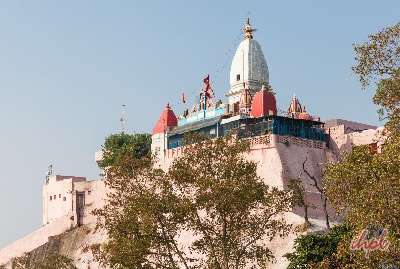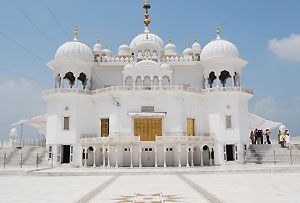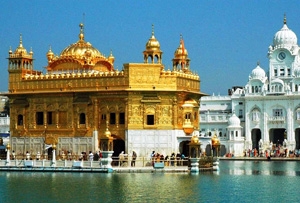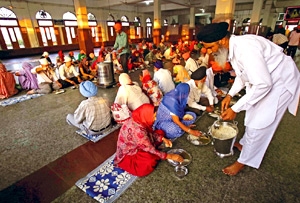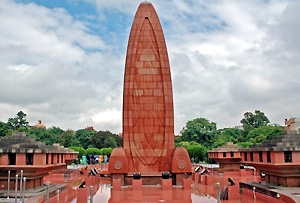Capitol Complex, a UNESCO World Heritage Site, is one of the most magnificent works of Le Corbusier. The majestic buildings, standing against the background of the Shivalik Range, are enormous concrete structures which represent character and authority. The Capitol Complex serves as the seat of the governments of the states of Punjab and Haryana.
This monument is home to three outstanding masterpieces of architecture – the Secretariat, the High Court and the Legislative Assembly. All of the three buildings are separated by large piazzas, and have been grouped in the most beautiful manner. At the center stands the giant metallic sculpture of The Open Hand, which is the official emblem of Chandigarh and stands for “open to give”, “open to receive.”
The High Court
This building was built in the Capitol Complex between the years 1951-57. The structure comprises of a double roof, and projects over the office block like a parasol or an inverted umbrella. The magnificent sweep found on the upper roof is symbolic of protection and justice to the people. A gigantic crate screen covers the building façade. It’s truly a spellbinding piece of architecture.
The Secretariat
The Secretariat is the largest and tallest of the three buildings in the Capitol Complex. Built between the years 1953-59, it resembles an eight storied concrete slab. There is a wonderful cafeteria atop the terrace shaped like an art object which provides spectacular views of the city.
The Legislative Assembly
This monument is all about grandeur on a massive scale. Square in its dimensions, with a massive portico standing free from the main building, it faces the High Court.
The Open Hand Monument
The Open Hand Monument, is by far, one of the most outstanding monuments built by Le Corbusier. It’s one of the top places worth visiting. Rising 85ft high from a sunken trench, a giant hand in metal sheets is designed to rotate like a weather cock. This indicates symbolically the direction of the wind. It also conveys the message of peace, “open to receive”.



